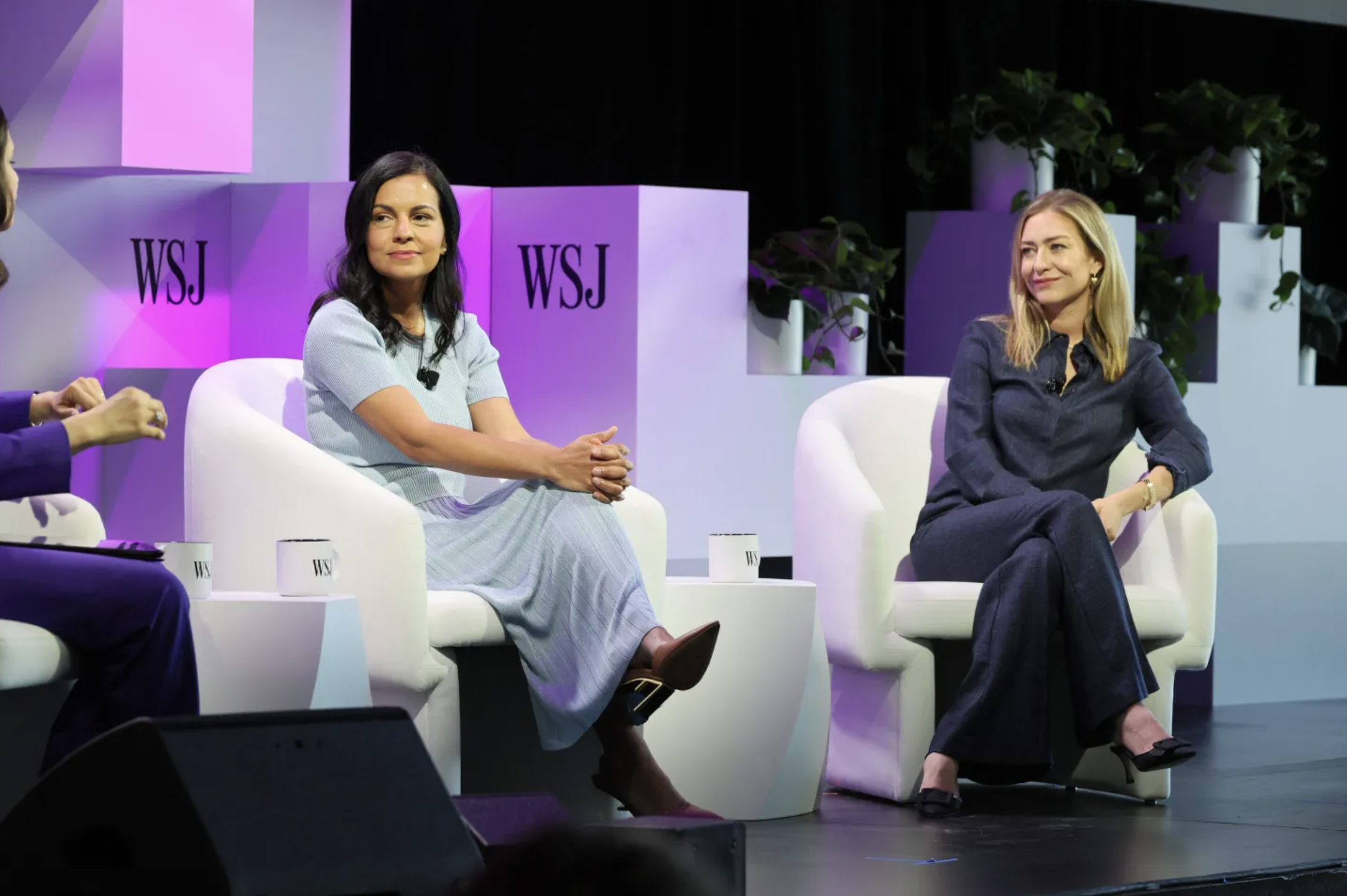Challenges and Opportunities When a Founder Steps Back, a Bumble story
Lidiane Jones, CEO of Bumble, and Whitney Wolfe Herd, founder and executive chair, on May 21, 2024 in New York City.
Dia Dipasupil / Getty
The recent announcement of Bumble CEO Lidiane Jones stepping down, and the return of founder Whitney Wolfe Herd to the helm, has sparked a wave of discussion across the business world. This leadership shift offers an opportunity to reflect on the complexities and nuances of transitioning founders out of their companies – a process that often comes with unique challenges for the founder, the company's vision, and the broader organization.
Bumble, known for its bold and empowering approach to online dating, has been a standout in the tech industry. Under Wolfe Herd’s leadership, Bumble captured a distinctive niche with its women-first ethos, turning a simple swipe into a statement of empowerment. When Lidiane Jones, a seasoned tech leader, took over the CEO role, it marked a pivotal moment for the company as it sought to scale under new leadership while staying true to its founding principles. Now, as Wolfe Herd resumes leadership, the move underscores how pivotal a founder’s presence can be in steering a brand’s vision.
The Founder’s Vision: A Double-Edged Sword
Founders often embody the heart and soul of their companies, their personal vision deeply entwined with the brand identity. This connection can make stepping back a daunting task. Transitioning from founder-led to founder-less leadership isn’t just about succession planning – it’s about ensuring the founder’s vision remains alive while allowing the new leadership to forge its path.
In Bumble’s case, Wolfe Herd’s innovative approach to online dating set the brand apart from competitors. Her return may signal the need to refocus on the core mission or reinvigorate the brand’s direction amidst evolving market dynamics. This highlights a crucial point: when founders leave, they often take with them a piece of the company’s identity, leaving successors to balance innovation with legacy.
Challenges for the Founder
For founders, stepping away can feel like relinquishing a part of themselves. They may grapple with:
Identity Loss: Founders often identify strongly with their businesses, and stepping back can lead to a personal crisis of purpose.
Trust and Letting Go: Delegating control requires trust in new leaders to honor the original vision while innovating for the future.
Navigating Their Role: Founders may struggle to define their involvement post-transition, whether as advisors, board members, or investors.
Challenges for the Company
Leadership transitions, especially involving founders, create significant ripples throughout an organization. Companies must address:
Maintaining Brand Identity: Ensuring the core mission and values remain intact while adapting to new leadership.
Employee Morale: The departure of a founder can create uncertainty among staff who look to the founder for inspiration.
Market Perception: Leadership changes can signal instability to investors and customers if not managed effectively.
Striking the Right Balance
Successful founder transitions require thoughtful planning and communication. Here are a few strategies companies can employ:
Clear Succession Planning: Identifying and preparing successors early helps ensure a smooth transition.
Defining the Founder’s New Role: Whether they stay involved as a board member, advisor, or step away entirely, clarity about their ongoing involvement is key.
Preserving the Vision: Embedding the founder’s ethos in company culture and operations helps maintain continuity.
Open Communication: Keeping employees, investors, and customers informed about the reasons and goals for the transition fosters trust and transparency.
The Bumble story is a reminder that founder transitions are rarely straightforward. They require careful navigation to balance honoring the founder’s vision with empowering new leadership to chart their own course. For companies undergoing similar changes, it’s an opportunity to reflect on their core mission, reinforce their values, and emerge stronger through thoughtful and strategic leadership transitions.
Whitney Wolfe Herd’s return to Bumble may mark the start of a renewed focus for the brand, but it also underscores the broader lesson: the founder’s journey doesn’t end when they step down. Their influence continues to shape the company in ways both seen and unseen, long after the reins have been passed.

